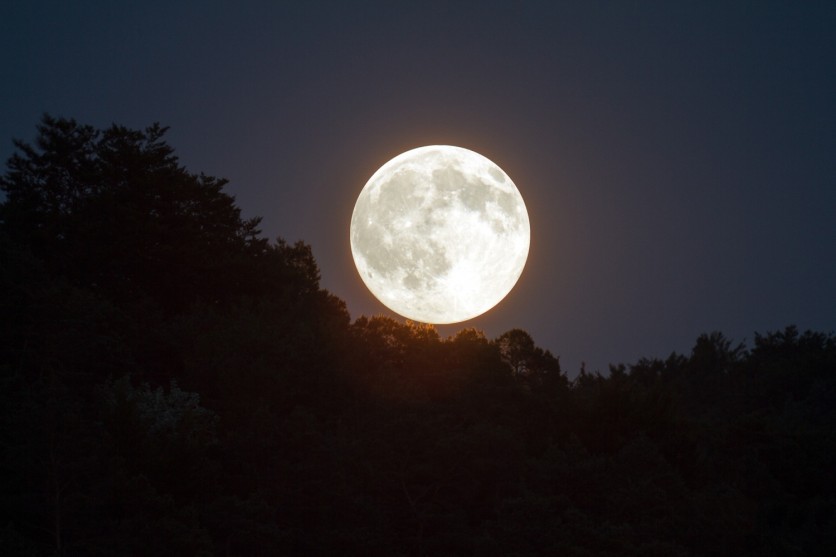
Stargazers of all ages stepping outside on Monday night can see the last full moon of winter. One which will seem slightly large and brighter than all the others throughout the season.
Monday night's full moon is one of three significant astronomy activities taking place this month. Unless Mother Nature spreads a blanker of thick clouds throughout the sky, next week's event would be most comfortable to see.
Super Worm Moon earlier than expected
The moon will rise in the eastern sky on the nighttime of Monday, March 9 --- which is a bit over a week earlier than the official start of spring on March 19.
March is a transitional month with the days developing longer and hotter because the Northern Hemisphere heads into spring. The shifting environment has spurred the nickname given to March's full moon.
Old Farmer's Almanac explained on its website that the ground begins to soften enough for earthworm casts to reappear at this time of the year. "[The phenomenon would invite] robins and different birds to feed-a real sign of spring," the Old Farmer's Almanac said.
This is just one among many nicknames that have been given to March's complete moon over the years.
"One such name becomes the Full Sap Moon, as that is the time of the year while the sap of sugar maples starts to flow," the Old Farmer's Almanac continued.
Other nicknames include the Crust Moon, the Crow Moon, the Lenten Moon, and the Sleepy Moon.
Not just a 'Worm Moon,' but a supermoon
March's full moon this year can be more than only a Worm Moon; it's going to additionally be considered a supermoon.
A supermoon is a word that has gained recognition in current years to explain a complete moon that looks larger and brighter than usual. This is because the entire moon will fall near perigee, the point inside the moon's orbit while it's miles closest to the Earth.
This change in appearance is very minimum and is best able to be detected in side-by-side pics of the supermoon in comparison to other full moons all through the year.
Folks that miss out on this month's supermoon can have two more chances to see one in 2020, as the imminent full moons in April and May are both considered supermoons.
Supermoon or not, onlookers observing up at a complete moon might imagine that the moon seems larger when it's miles close to the horizon than when it's far high inside the sky. This obvious trade in length is because of something called the moon illusion.
"Foreground objects trick your mind into thinking the moon is greater than it really is," NASA defined. This is just one of several theories to provide an explanation for this illusion.
This is likewise a remarkable time to take a photo of the moon as it appears next to objects inclusive of a city skyline or a close-by mountain.
ⓒ 2025 TECHTIMES.com All rights reserved. Do not reproduce without permission.




